This post is also available in: ![]() English
English ![]() Français (French)
Français (French) ![]() Español (Spanish)
Español (Spanish)
The vanilla
The vanilla is the fruit of some orchids of Mesoamerican origin of which the best-known species is Vanilla planifolia. It is a tropical plant that forms lianas and requires special cultivation and preparation conditions (60% shading, temperature between 21 ° C and 32 ° C). One of the specificities of vanilla cultivation is its mode of fertilization. The male and female reproductive organs are separated by a membrane making it impossible to self-fertilize. Non-spraying pollen also prevents cross-fertilization by transport through wind (Carbon 1992). Fertilization is therefore possible only by the intervention of insects (only in its original area) or of man.
Flowering begins the 3rd year after planting. The brief life of the flowers (a few hours early in the day) requires fertilization early in the morning and in dry weather because the rain slows the formation of the fruit. Vanilla needs about 2000-2500 mm per year and water stress of 45 to 60 days from the third year for flower initiation. These specific growing conditions make vanilla one of the most expensive spices in the world whose production needs to be monitored for good yields.
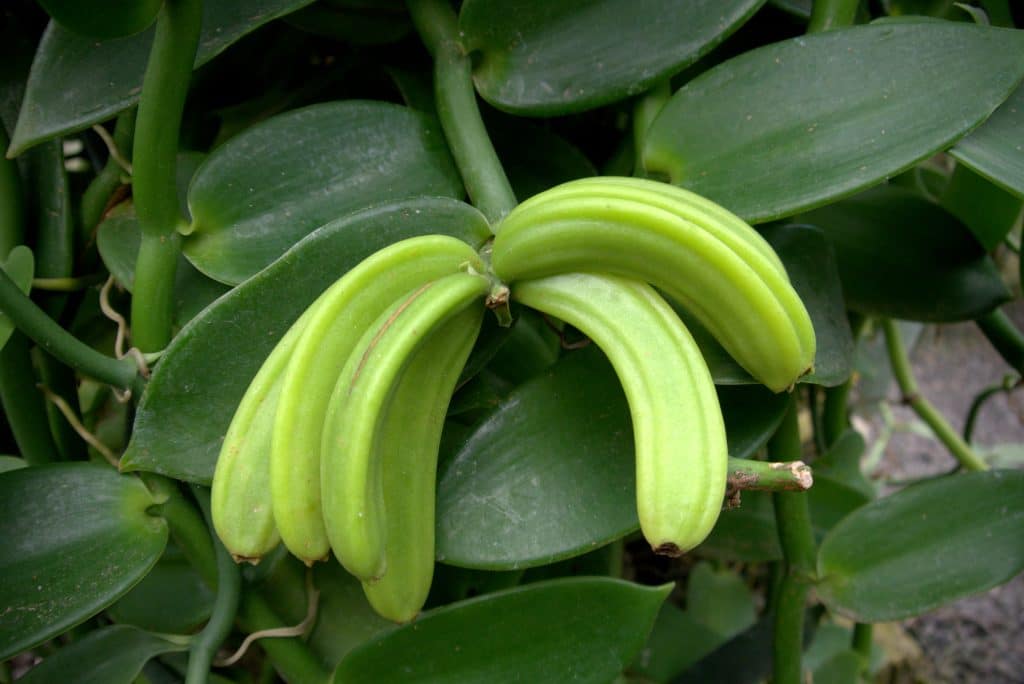
Growing vanilla in a greenhouse
The objective of vanilla cultivation in a greenhouse is to reproduce the conditions present under the rainforest canapy. In order to do this, you have to control the climate parameters (temperature, humidity…) using equipment such as fogging, shading screens…
In addition, the greenhouse helps to protect the vanilla against climatic hazards such as excess water that would cause the onset of diseases. Moreover, the greenhouse will also facilitates the intervention of the man year-round ensuring a regular follow-up of the growth of the orchid.
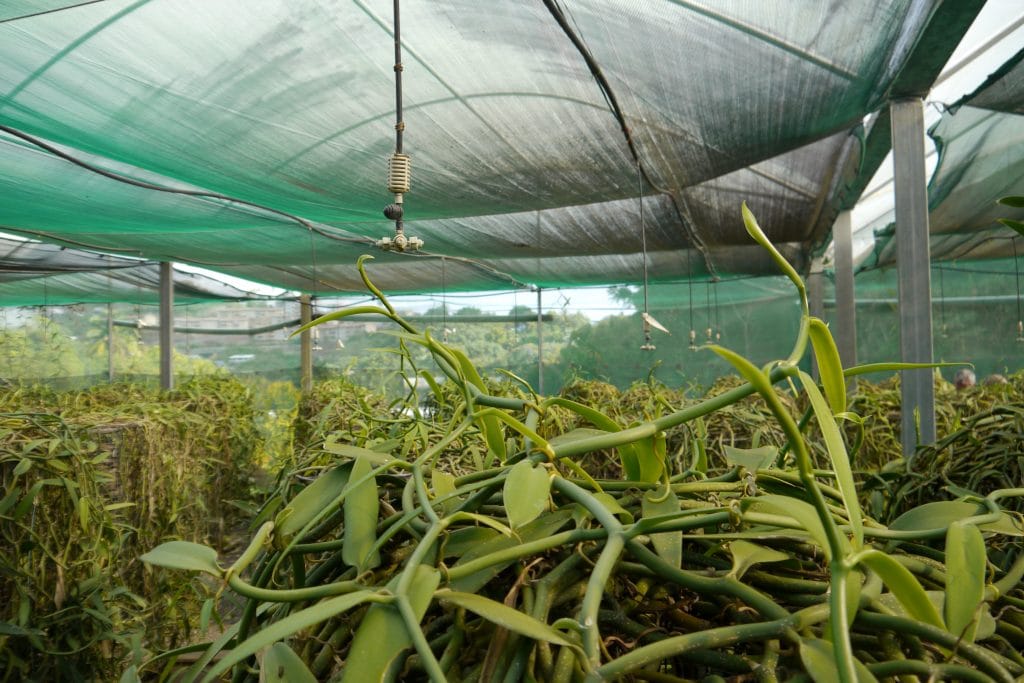
In the photo above, we can see Vanilla tahitensis : a hybrid variety of vanilla found in Tahiti, French Polynesia. It is known to be one of the most fragrant vanillas in the world. Indeed, the Tahitian vanilla differs from other vanillas by its strong notes of anise, vanilla and caramel.
Moreover, the pods of Vanilla tahitensis do not open at maturity like the Vanilla planifolia of Madagascar. Indeed, they remain fleshy and can be picked at maturity. The mature “black” vanilla pods are harvested directly from the plant (photos below).
Advantages of growing in a plastic greenhouse vs a net house
Nowadays, a lot of vanilla farmers are using light steel structure covered with a single sheet of net to grow the vanilla. However, having a plastic greenhouse controlled by a climate computer has several advantages to grow vanilla:
_ Better control of the climate inside the greenhouse (growing area) to monitor and manage the relative humidity (RH %), the temperature and the light transmission more accurately ;
_ An efficient ventilation to drain out the humidity when it is needed also to recycle the air (CO2/O2 ratio) ;
_ Higher density of production inside the greenhouse (20 lianas / m²) : thanks to the air circulation and the ergonomics of the greenhouse ;
_ An optimal growth (up to 25 cm per week) and a constant monthly flowering ;
_ Integrated pest management and a better protection of the growing area against the pests and diseases ;
_ …
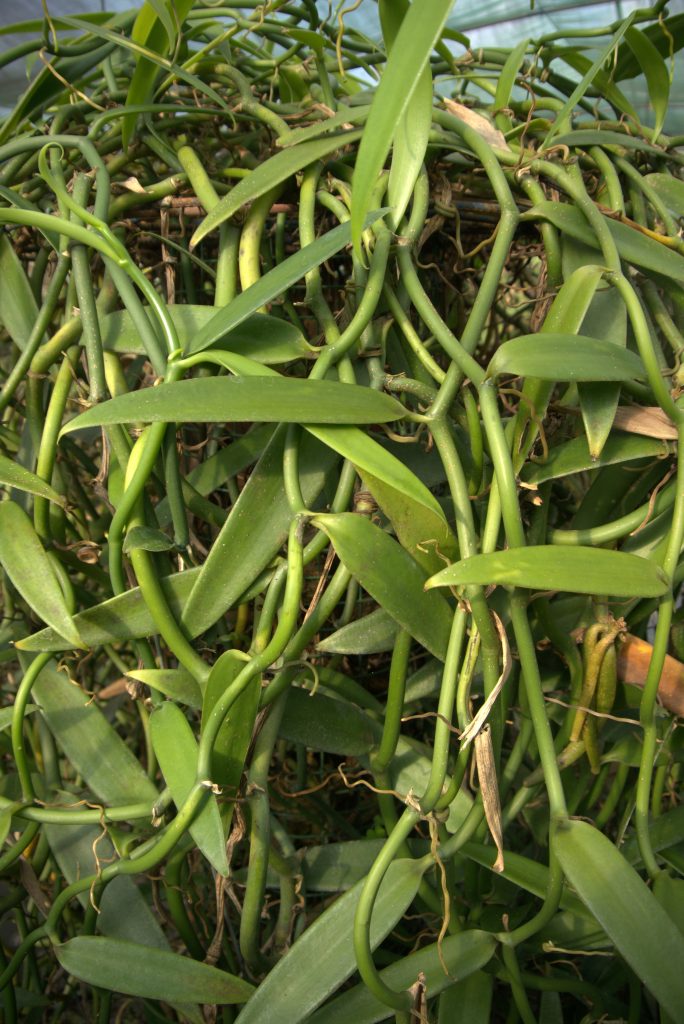
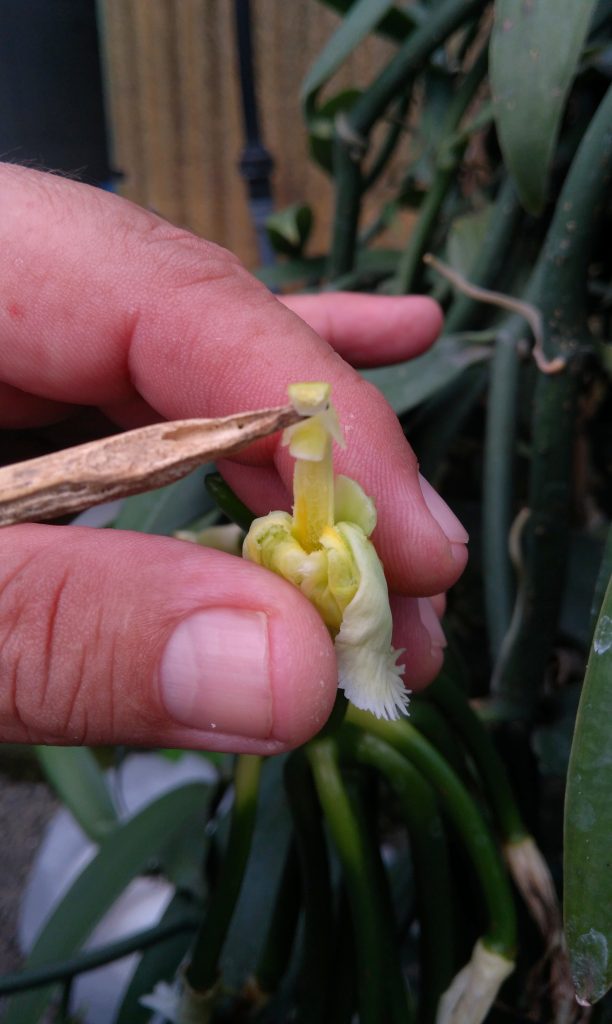

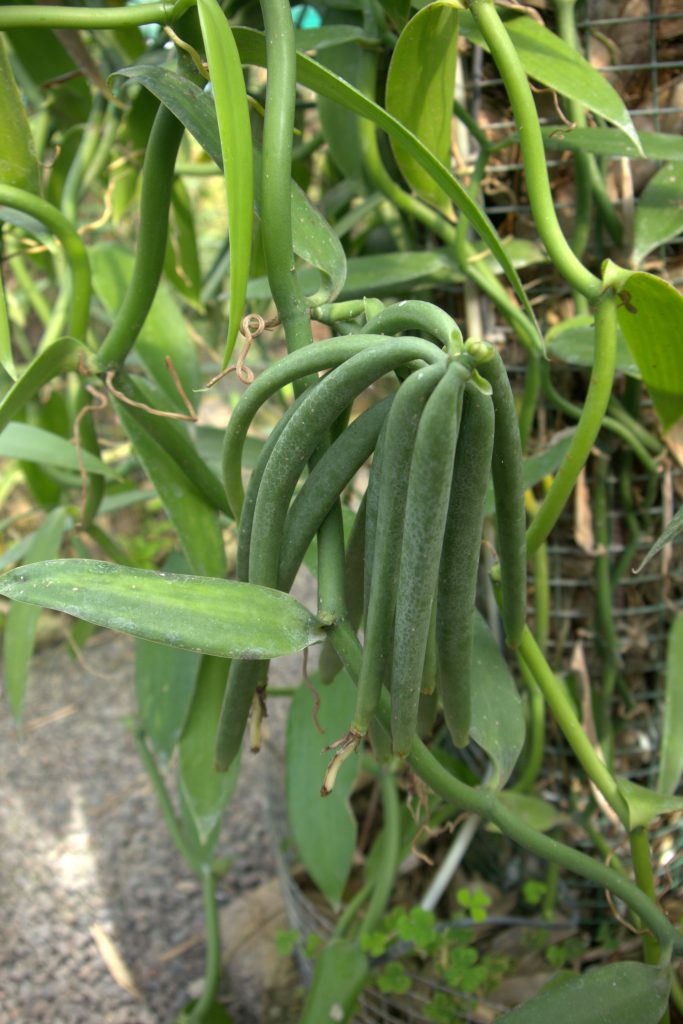
Very high yield of vanilla up to 4kg per unit (tutor)
*A dedicated article will introduce the “vanilla kit solution” using a modern plastic greenhouse fully equipped with a proper ferti-irrigation system to grow the precious beans.
Do not hesitate to contact me by email if you have any question(s) about this technology for your future project : [email protected]
Photo credits: personnal pictures from Corenthin Chassouant
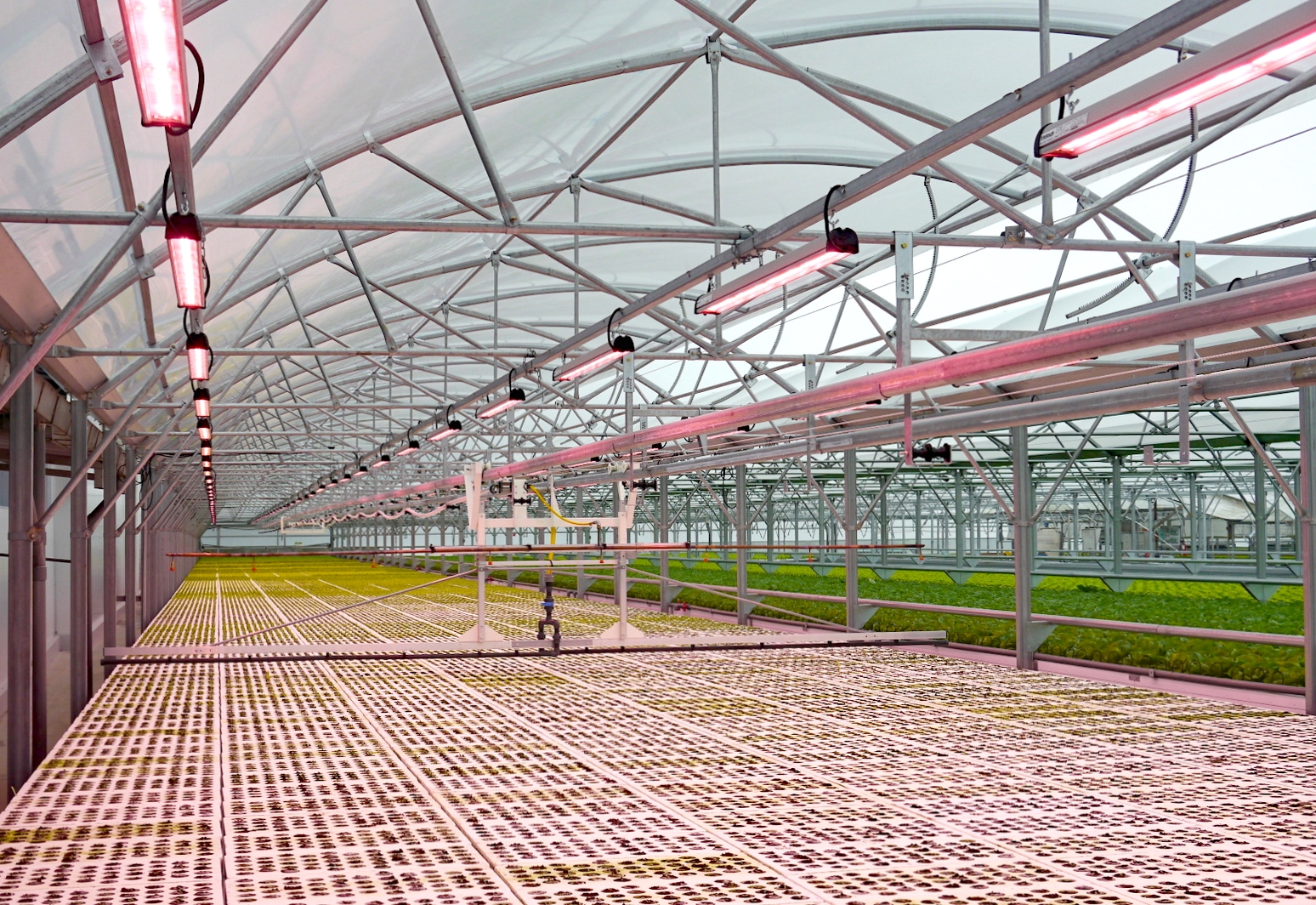


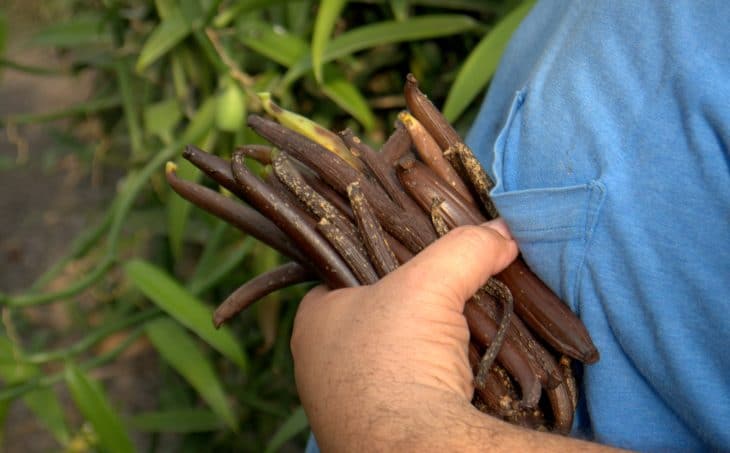
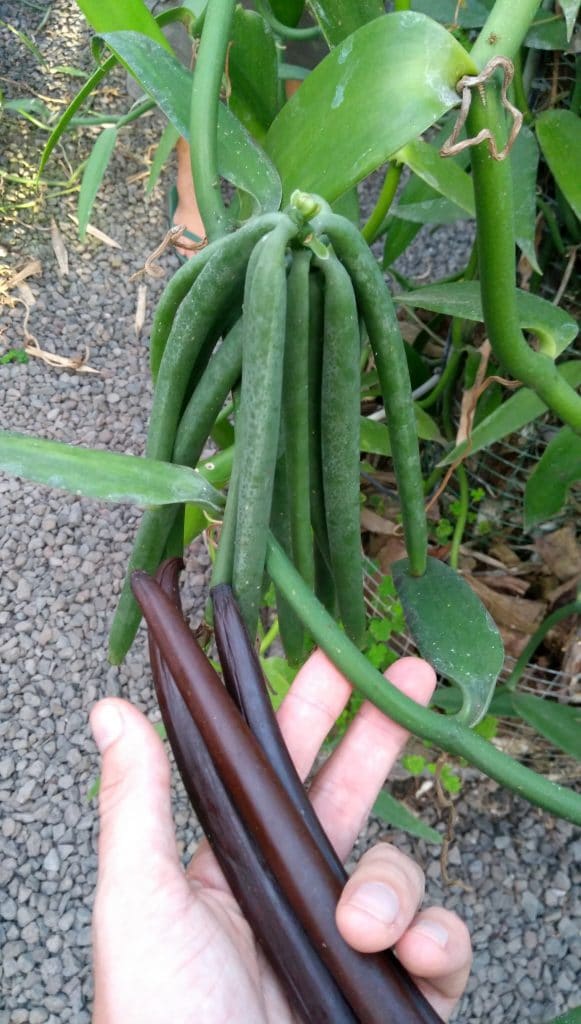
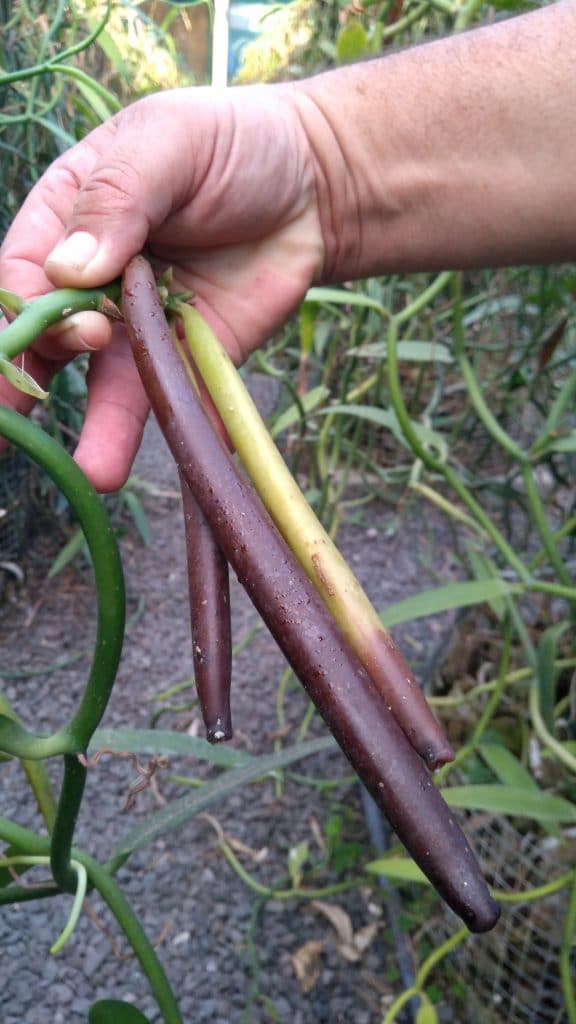

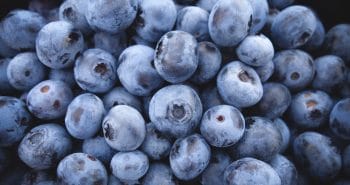

Thanks for the details, and let you know when ned help to start my forming
Does”constant monthly flowering “means pods can be harvested all round year, or say it produce its fruit all round the year.?
Hi, thank you for the comment.
Once a flower has been pollinated (by hand), it will take 9 months to get a mature vanilla bean. On the same liana there can be flowers, fertilized pods and mature beans ready to be harvested all year round.
An interesting article below with complementary information:
https://www.permaculturenews.org/2019/02/23/vanilla-cultivation-a-practical-guide-for-the-tropical-homestead/
Corenthin
If a drip irrgation system is there, can we use a white plythene sheet as the roofing material, so there won’t be any effect from rain.
Waiting for your advice.
You can use a clear polyethylene covering (single sheet of 180 micron) with a manual or motorized shading system to be able to protect the plants. Indeed, if the light % is getting too high it can damaged the crops.
A white polyethylene will only allow 30% of the light to penetrate in the growing area it is not enough.
Corenthin
Hello! This is really an impressive piece of article. I would like to know, which medium is suitable to be used within the greenhouse?
Hi Derrick,
Thank you for your message.
I strongly recommend coconut husks to grow vanilla plants. The tutors are usually made of wire mesh and filled with coconut husk in French Polynesia for soilless cultivation. Coconut husk is a light substrate providing optimal growing conditions for the orchid’ lianas.
It is also important to use draining materials such as gravel to distribute on the greenhouse floor to dry out the environment and prevent the proliferation of fungi.
Corenthin
[…] Vanilla production under plastic greenhouses […]
Excelent article. Interesting and informative, thank you
I wander if the higher density of production inside the greenhouse (20 lianas / m²), and the fact that on the same liana there can be flowers, fertilized pods and mature beans ready to be harvested all year round this will mean that in the limit we could harvest 3 times a year per lianas and it will affect positively the production rate reaching the 4ton/unit you refer in the article?
Hi Ana,
Thank you for you message.
The general figures that I can share with you based on the experience of my contacts in French Polynesia are :
> 2kg per tutor / year harvested after the second year of production: vanilla tahitensis
> 4kg per tutor / year harvested after the fourth year of production: vanilla tahitensis
You can do the pollination, take care of the beans and do the harvest on the same liana. Each growing tutor can be harvested year-round. A greenhouse surface of 432 square meters can be managed by one or two people.
Optimal crop density will be to have about 2 tutors per square meter. The layout is also important for an efficient workers circulation (pollination and harvest logistic) in the greenhouse.
Corenthin
Hi Corenthin,
Its a great article. We a team from Bangladesh would like to replicate similar controlled environment to grow vanilla. How can we utilise your expertise to grow, are you open to discuss for a “consultation” possibility? You can leave me a note on “[email protected]”.
Thanks
Fuad
What is the best greenhouse nets for ugandan tropical conditions
Hi,
It will depend the project location in Uganda (lowlands or highlands ?) also the crops that you want to cultivate, size of the project, winds speed…
Usually a wide/high well ventilated greenhouse structure will perform better under tropical conditions. Regarding the netting, it will also depend the pest that you have to select the right mesh. It will be a balance between air resistance (decreasing ventilation rate) and efficiency against pests.
Thank you,
Corenthin
Hi there,
I had from couple of bunches having Branches to give at least 5 different bearing florescences, is that normal? or some kind of response to stimulus.
Thank you
RATI
Hi Rati,
You can send to me some pictures if you want ([email protected]) to give some advises.
On the same vanilla vine, it is possible to have several flowers and fruits. You can see the pictures I posted on the blog during my last trip to Tahiti. Article link = https://horti-generation.com/photos-report-growing-vanilla-under-greenhouse-conditions-tahiti/
Thank you,
Corenthin
Hi there, it’s a great article. What is the best type of soil to farm vanilla? Is sandylome suitable for vanilla planting? And what is the best greenhouse for Papua New Guinean lowland, along riverside and tropical conditions?
We are a farming company, based in Addis Abeba, Ethiopia.
We are looking for a supplier of a turnkey high tech vanilla greenhouse project.
Hi Teman,
I just replied to your email, we will be in touch soon.
Thank you,
Corenthin
Hello Corenthin,
When you say that the plants flower every month, does this mean that the total number of flowers/pods produced will also be higher per year? Or will it ultimately produce similar amounts per lianas?
Thank you,
David.
[…] More info about the vanilla cultivation (under plastic greenhouses) in this article: https://horti-generation.com/vanilla-production-under-greenhouses/ […]
Hello Mr. Corenthin Chassouant What is the best square meter greenhouse area that should be built for Vanilla Crops to achieve the desired amount of production as well as especially to use the hydroponic method. considering that vanilla plants only produce in more than 2 years? Is there an example of the size of a greenhouse that has been built so that I can use it as a reference?
Hi Ary,
Yes, I have worked on this concept with experimented vanilla growers from French Polynesia.
A vanilla greenhouse kit of 2 spans of 9,14m (30′) wide x 30m (96′) would work well for one person to be able to run it on a daily base.
Contact me directly by email or LinkedIn if you want to learn more about it once you have the land and budget (150k USD min.) to start your project.
Thank you,
Corenthin